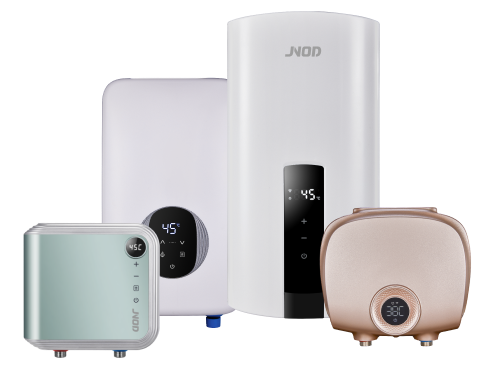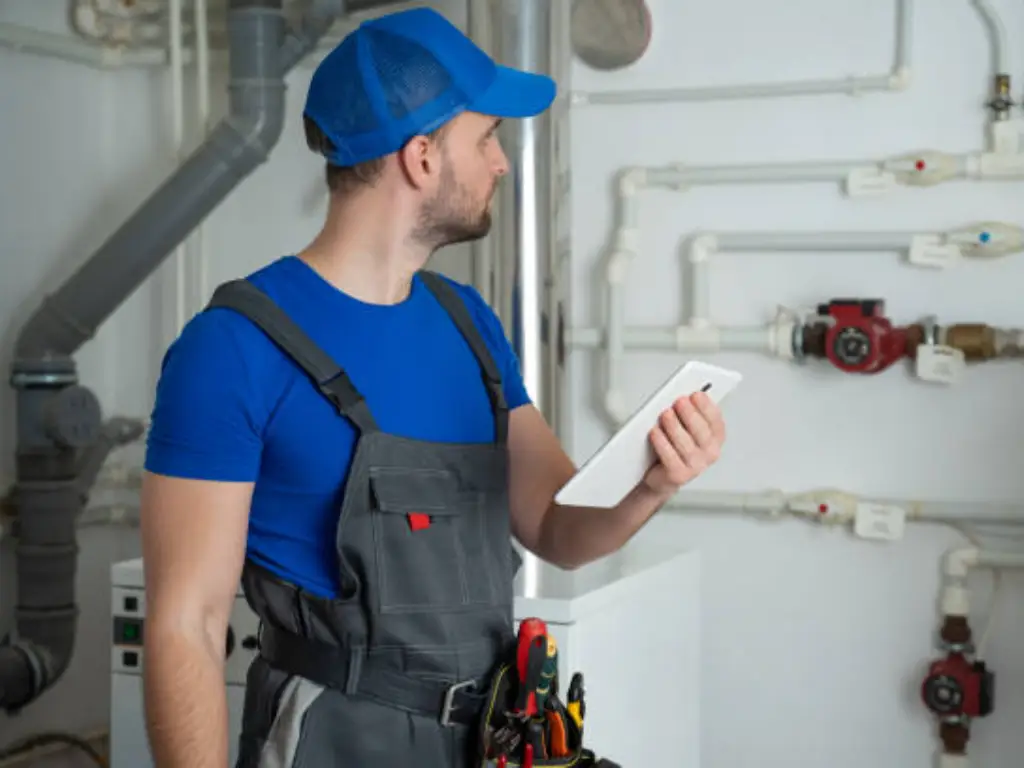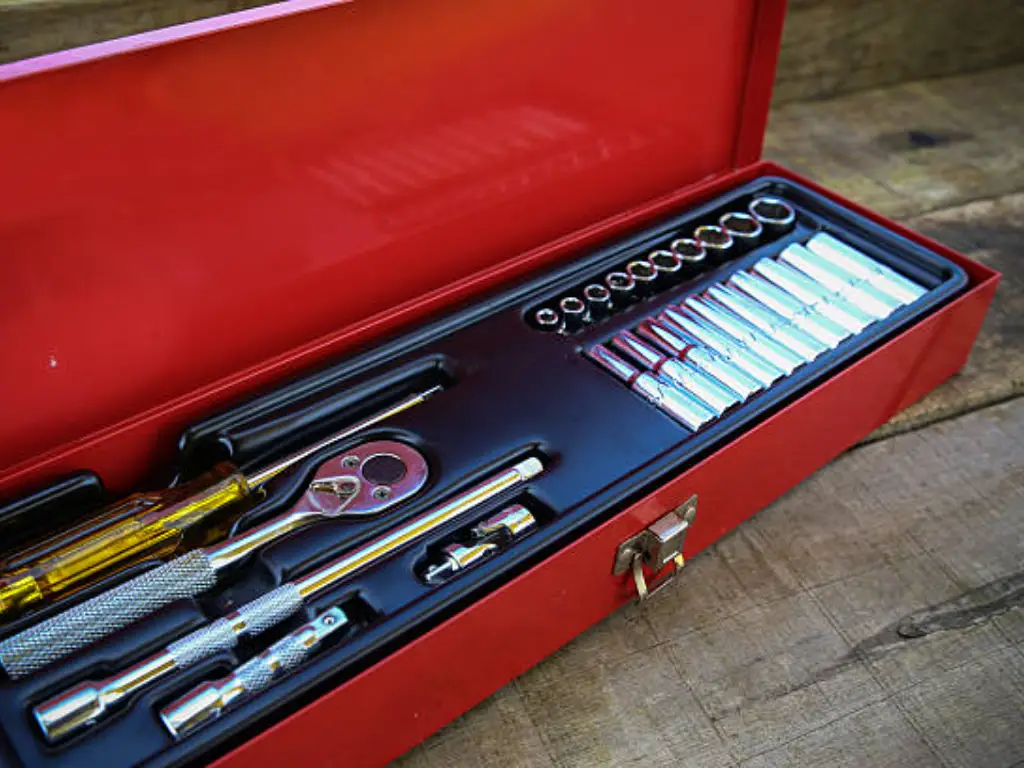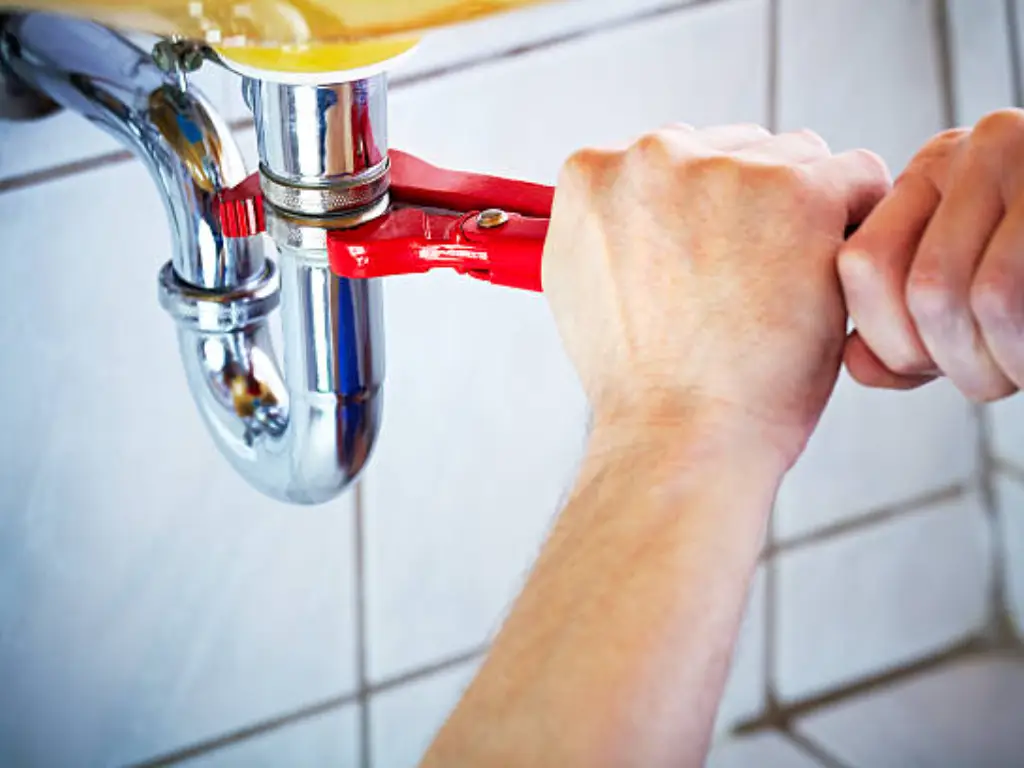
Tailor to Any Applications, Any Hot Water Needs with JNOD.
Your Trusted Partner for Energy-Efficient and Reliable Electric Hot Water Solutions.
The continuous servicing of your tankless water heater is necessary for its efficiency and lifespan. It helps you always have hot water and also allows you to manage energy consumption efficiently. In areas where the water is hard, mineral deposits can decrease the system’s performance by a great deal. While simple maintenance activities, such as regular descaling and system checks, may prevent these problems, the end result is the smooth operation of the system. Not only does keeping your tankless water heater in check avoids the hassle of sudden breakdowns but also prolongs the unit’s lifespan, leading to great savings and reliability in the long-term. Taking care of your system frequently is preventive maintenance that will keep the system working smoothly all year round without any major breakdowns.

Before you dive into maintaining your tankless water heater, let’s chat about the tools you’ll need.
| Tool | Purpose |
| Bucket | Used for catching water during the flushing and descaling process. |
| Undiluted White Vinegar | An eco-friendly solution for dissolving mineral buildup inside the heater. |
| Gloves | To protect your hands during the descaling process. |
| Garden Hose | For connecting to the tankless water heater to flush out the system. |
| Adjustable Wrenches | Useful for tightening and loosening connections during maintenance. |
| Screwdriver | Needed for opening the heater’s case and adjusting components. |
| Flashlight | To help see in dark or hard-to-reach areas inside or behind the water heater. |
| Multimeter | For checking electrical connections and values, particularly with the heating element and circuit breaker. |

Let’s start with the basics of tankless water heater maintenance, going through the what and the how of each cleaning process, so your system runs smoothly.
Firstly, safety is non-negotiable. For electric heaters, look for the circuit breaker in your house and turn the switch that is linked to your heater to the off position. If your heater is gas-powered, look for a main gas supply valve and shut it off. This is avoided by the use of electricity and gas leaks.
The air filter is the first barrier protecting your heater from dust and debris. Find the filter, usually located near the intake and in an area that is easy to reach. Softly unwrap it and use a soft brush or vacuum cleaner to clean the accumulation. If it is too dirty, you might have to rinse it with cold water. Let it dry up and then put it back again.
Descaling is a must to remove the mineral build on the unit’s heat exchanger. Begin the process by preparing a descaling solution of pure white vinegar and water in a bucket. Then, identify the purge port valves on your heater and connect a hose. Open the valves and let the vinegar solution move through the heater for at least 45 minutes. This stage of the process dissolves and washes away any calcium deposits.
With electric heaters, after the electricity is safely turned off, take the access panel off to see the heating element. Look for any wear and tear or signs of mineral deposits. If you see any accumulation, try to remove them with a soft cloth dipped in vinegar. For gas models, make sure that the burner is clean and free from any debris.
Inspect all connections, water lines and piping for wear and tear or leaks. Use a wrench to tighten any loose connections with the wrench. If you notice corrosion or damage, you might want to think about replacing those components. Make sure to inspect both the water inlets and outlets, as well as the gas line if it is present.
Check all connections and piping for signs of wear or leaks. Use a wrench to tighten any loose connections. If you spot corrosion or damage, it may be time to replace those parts. Ensure you check both the water inlets and outlets, as well as the gas supply line if applicable.

When all the maintenance tasks are done, you get your heater up and running again. Begin the process by turning the main water valve to the heater on slowly, allowing the system to fill and pressurize gradually. After that, for electric heaters, turn the power back on at the circuit breaker. For gas heaters, open the gas valve and follow the user manual’s instructions to light a pilot if needed. Check for leaks or problems while the system is going back to operation.
By following these detailed steps, you’ll ensure your tankless water heater remains in optimal working condition, providing you with efficient and reliable hot water.
It is recommended to be on a professional maintenance schedule at least once a year for your tankless water heater. This frequency makes sure that any arising issues are caught and solved early on, the system’s efficiency is at its maximum, and the unit’s lifespan is increased for optimal performance. In those areas with hard water, there may be a need for more frequent checks since there is a higher chance for mineral buildup. Frequent professional inspections will be able to prevent the surprise of the breakdown, and to maintain energy efficiency and safe operation of your heating and cooling unit all year long.
To keep your tankless water heater running smoothly and avoid common problems, consider these preventive measures:
For the commercial sector seeking reliable and efficient tankless heating water solutions, JNOD is your best choice to work with. We, however, are not limited to residential only, but we also cover wide range of services for businesses. We are a one stop shop providing a wide range of excellent tankless water heaters, and our staff has the know-how on choosing the right unit, installation, and maintenance. Our dedication to energy efficiency and excellent customer support will make JNOD the number one choice for firms that are looking to upgrade their water heating systems with products that are famously recognized as the best in terms of performance and reliability.
The care of a tankless heater may not seem like a thrilling task, but on the contrary, it is a way of ensuring comfort, efficiency and peace of mind. Through following the steps mentioned above and availing regular professional checkups you can guarantee your tankless water heater functions efficiently for a long time. Keep in mind that even a small maintenance effort can bring a lot of benefits in the form of no cold showers, unexpected repair bills, and inconvenience of a non-functioning heater. Thus, don’t underestimate the significance of these regular maintenance tips, as they are the keys to warm water and good living.